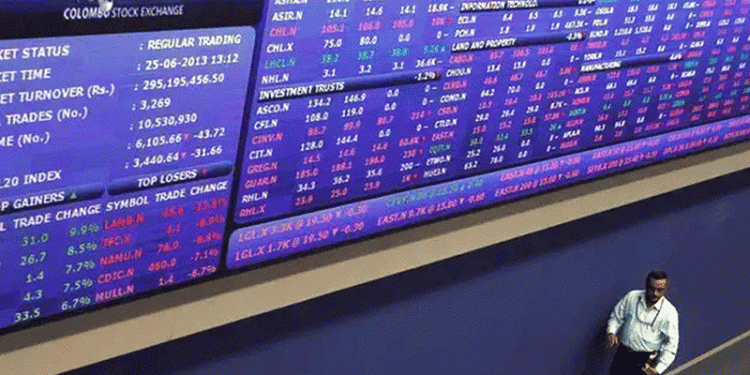By Dhara Ranasinghe and Ritvik Carvalho
LONDON (Reuters) – The European Central Bank meets on Thursday, just weeks before a new halving of monthly asset purchases in October that will mark the next step in the unwinding of its massive monetary stimulus.
As it moves away from unprecedented quantitative easing (QE) and toward quantitative tightening (QT), investors are looking for details on how the ‘great unwind’ will play out.
Here are some of the key questions that may come up.
1/ Will the ECB make any changes to its policy guidance?
To maintain flexibility, the ECB could firm up its ‘expectation’ of halving monthly bond purchases to 15 billion euros ($17.5 billion) from October, but continue to say it ‘expects’ asset buying to end by the close of the year.
There is no doubt that QE will end at some point, and ECB chief Mario Draghi is likely to be pressed again at the bank’s news conference this Thursday for clarity on the bank’s stance on keeping rates steady at least “through the summer of 2019”.
Analysts say the wording is deliberate to allow the bank flexibility. For markets, this rate guidance is key as asset purchases wind down. Money markets price roughly a 90 percent chance of an ECB rate hike in October 2019. A move by the end of next year is fully priced in.
The European Central Bank’s QE Programme: https://reut.rs/2wOxrNg
2/ How will the ECB reinvest funds from maturing bonds?
For euro zone bond markets long underpinned by the ECB’s 2.6 trillion stimulus scheme, how the bank plans to reinvest funds from maturing bonds is potentially a big market driver.
Goldman Sachs (NYSE:) estimates the total amount of bonds up for reinvestment is likely to be near 120 billion euros in 2018 and reach roughly 200 billion euros a year by 2021.
Draghi said in July the ECB would follow its capital key – the amount of capital each member state has paid in – when deciding on reinvestments, without providing more details.
A challenge is that the remaining maturity of the ECB’s bond pile declines over time, so the bank will have to decide whether to target longer-dated bonds or allow its portfolio to age.
For an interactive version of the chart below, click here https://tmsnrt.rs/2PCLRXC.
ECB’s redemption estimates: https://tmsnrt.rs/2PCLRXC
3/ Do global trade tensions complicate the ECB outlook?
For sure, worries about an escalation in world trade tensions remain elevated, adding to turmoil in emerging markets and raising concerns about global growth. Several ECB officials have said a trade war is the key risk at present.
The ECB said in its August bulletin that, if all the measures threatened by Washington were to be implemented, the average U.S. tariff rate would rise to levels not seen in the last 50 years.
Economists expect the ECB to stick to its expectation that the economy will remain in decent shape, and there has been some encouraging economic data. That means, for now at least, that trade war fears are unlikely to hold back the QE exit.
Euro zone upside economic surprises overtake U.S.: https://reut.rs/2wPDO2W
4/ Could the ECB extend QE for Italy?
Reassuring comments from top Italian officials in the past week have calmed market fears that the new government in Rome is set to ramp up spending, worsening the debt profile and sparking a collision with EU rules on fiscal discipline.
But with the 2019 budget still pending, and with it, the risk of further market upheaval, Italy is likely to come up at the news conference.
Some in the Italian political establishment suggested recently the ECB could do more to keep Italy’s borrowing costs low after yields surged in May.
The ECB has only limited responsibility for maintaining financial stability, executive board member Yves Mersch said last week – a line the ECB may perhaps reiterate on Thursday.
ECB public sector purchase programme breakdown by country: https://reut.rs/2NQHvMd
5/ What about Draghi’s succession?
The question may well come up at the news conference, given a recent report that German Chancellor Angela Merkel is focusing on winning the European Commission presidency for a German rather than backing Bundesbank chief Jens Weidmann to succeed Draghi. Draghi’s term as ECB boss expires in October 2019.
The decision on Draghi’s successor is a political one, which means Draghi may steer clear of the subject.
Still, with markets keen to get a sense of who is in the running, Draghi may instead be asked about the next chair of the banking watchdog the Single Supervisory Mechanism (SSM). The ECB has to propose a candidate for the job and the outcome could influence the decision on next ECB chief.
Germany backs Ireland’s Sharon Donnery to replace current SSM head Daniele Nouy, whose term expires at the end of 2018. If Donnery gets the job, for instance, it’s likely to put Irish central bank governor Philip Lane out of the race to replace Draghi.
Flight of the “bumblebee”: https://reut.rs/2PJ1jBB
Source: Investing.com


























